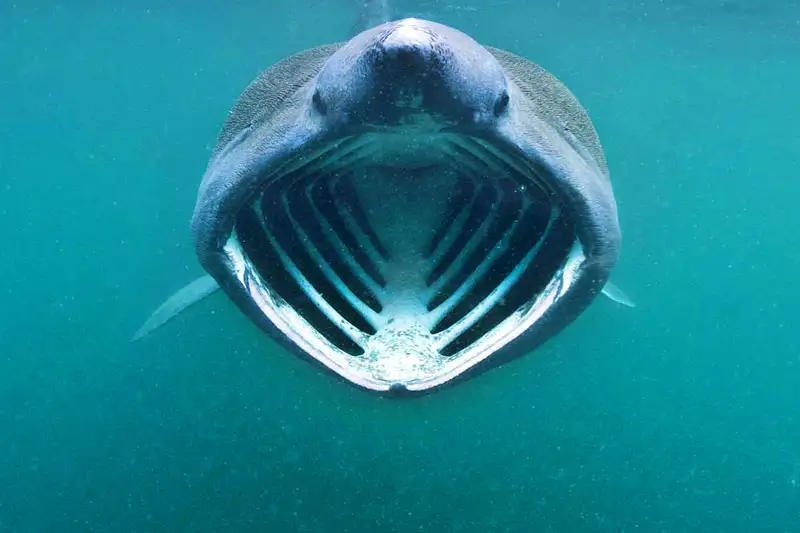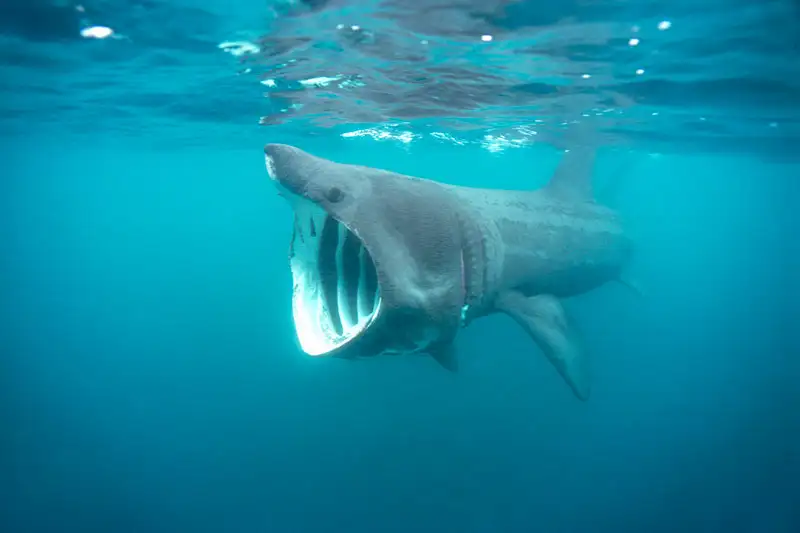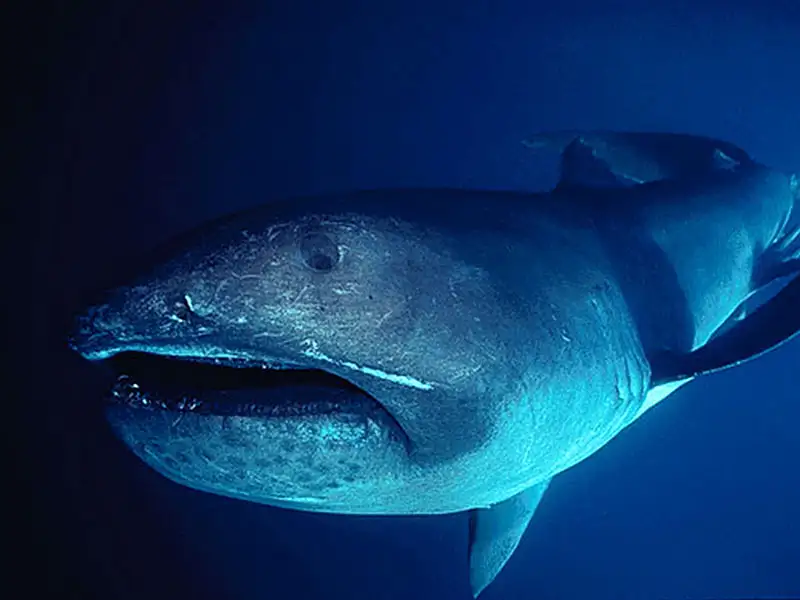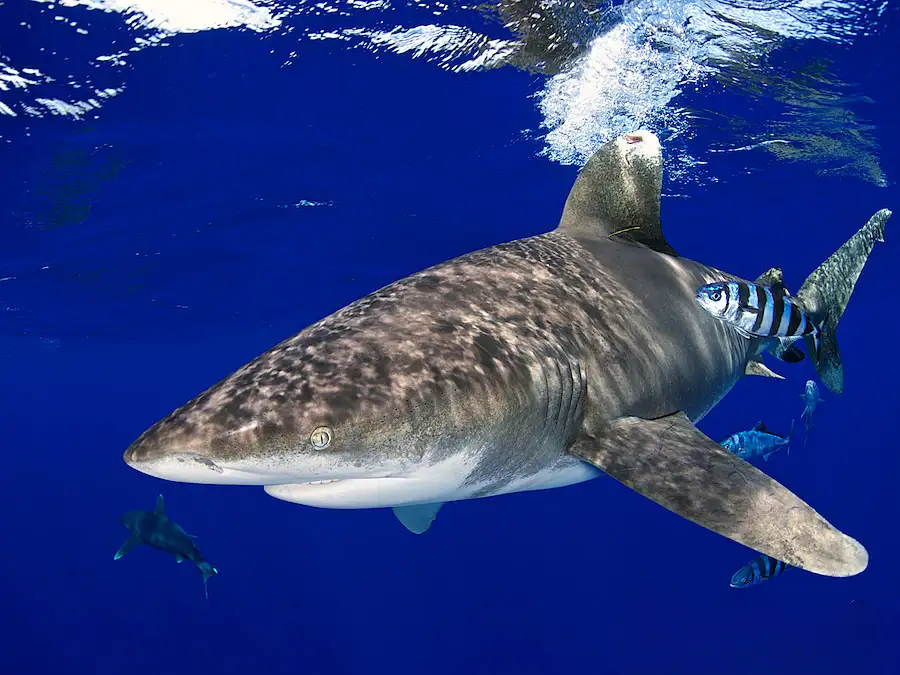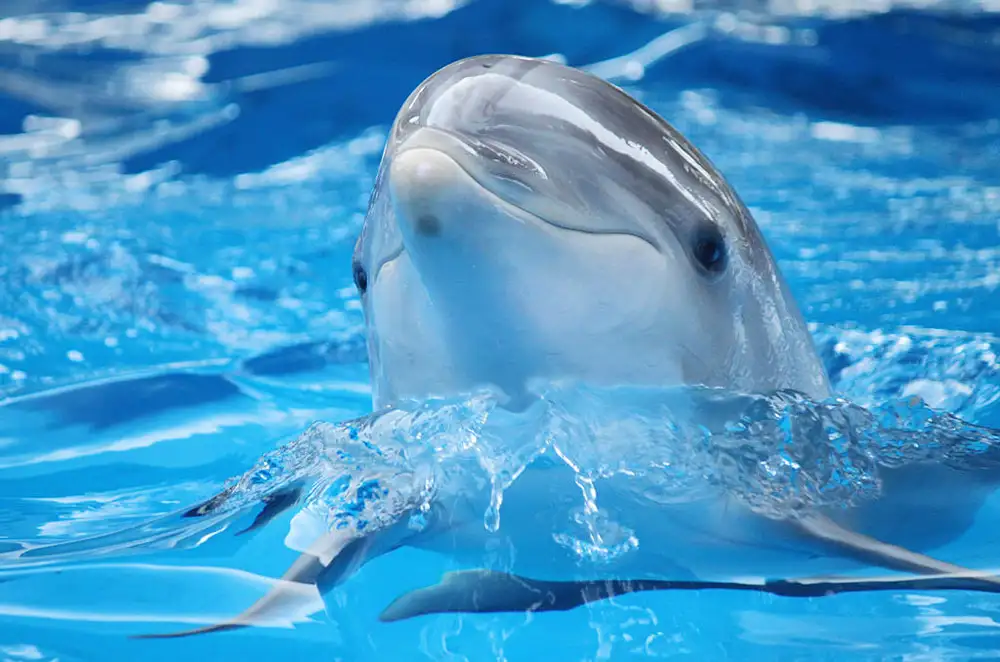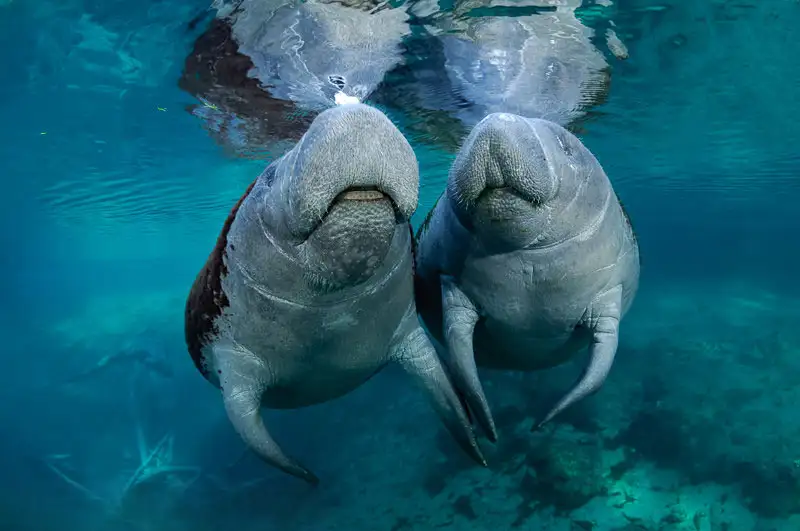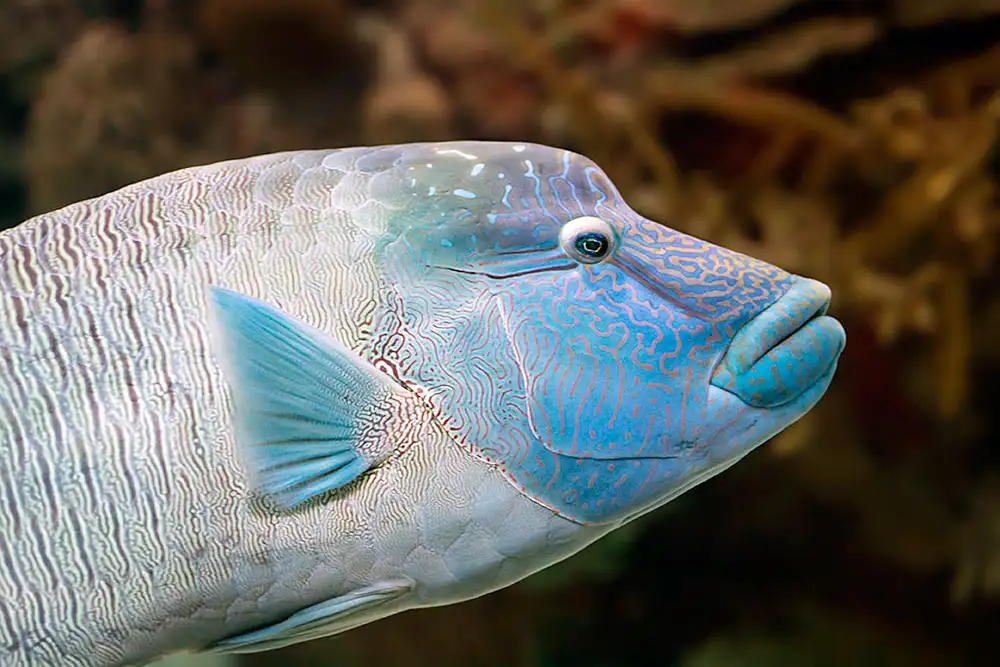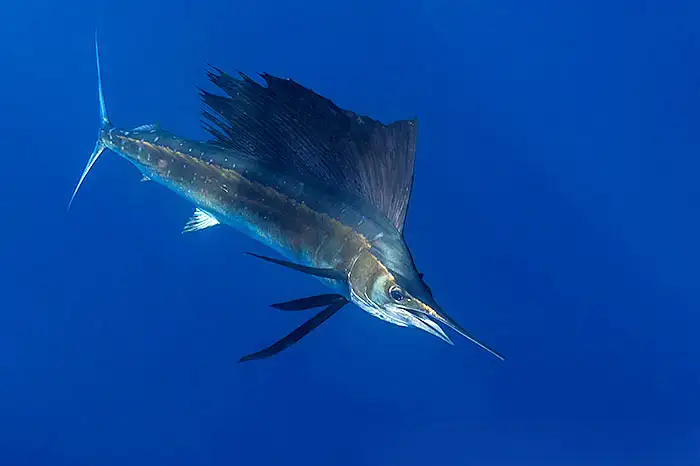Megamouth Shark
IUCN
LCBasic Information
Scientific classification
- name:Megamouth Shark
- Scientific Name:Megachasma pelagios
- Outline:Large Fish
- Family:Megachasmidae Megachasma
Vital signs
- length:4–5.5 m common; max ~7 m
- Weight:Approx. 750–1500 kg (est.)
- lifetime:Est. 30–50 years
Feature
Rare large planktivore; huge mouth & thick lips; likely diel vertical migrations; discovered in 1976.
Distribution and Habitat
Warm outer‑shelf/slope waters worldwide (tropical–subtropical), epipelagic–mesopelagic.
Appearance
Brown‑grey to dark dorsum, pale belly; very large mouth; two spineless dorsal fins; slow swimmer.
Details
The megamouth shark (Megachasma pelagios) is a rare, filter‑feeding large shark in the familyMegachasmidae, formally described in 1976. It inhabits the epipelagic–mesopelagic zone and likely performsdiel vertical migrations to follow zooplankton.
Ecology & Reproduction
Feeds on copepods and euphausiids by slow ram‑filtering. Reproduction presumed aplacental viviparous with small litters; life‑history data remain limited.
Identification
Common length 4–5.5 m (max ~7 m); huge mouth with thick, rubbery lips; short blunt snout; brown‑grey to dark dorsum and pale underside; two spineless dorsal fins. Pale mouth lining may include faint luminescent/reflective tissue (hypothesized).
Range & Habitat
Warm‑water outer‑shelf and slope waters worldwide, especially in tropical–subtropical regions; many reports from the W Pacific/SE Asia and the E Pacific.
Threats & Conservation
Bycatch in gillnets/longlines; occasional display/use.
Knowledge gaps complicate management.
Potential nearshore disturbance from lights/vessels at night (hypothesized).
IUCN: Least Concern (LC). Priorities: standardized documentation & rapid release, minimal‑impact sampling, mitigation near coasts, and citizen‑science reporting.
FAQ
Q1. Relation to whale/basking sharks? All are planktivores but in different families; Megachasma is the sole living species of Megachasmidae.
Q2. Dangerous? No—harmless slow‑moving filter‑feeder.
Q3. Why so rare? Offshore upper‑/mid‑water habits and low encounter rate; most records from bycatch or strandings.
Q4. Bioluminescence? Mouth lining may be faintly luminescent/reflective—evidence remains limited.

